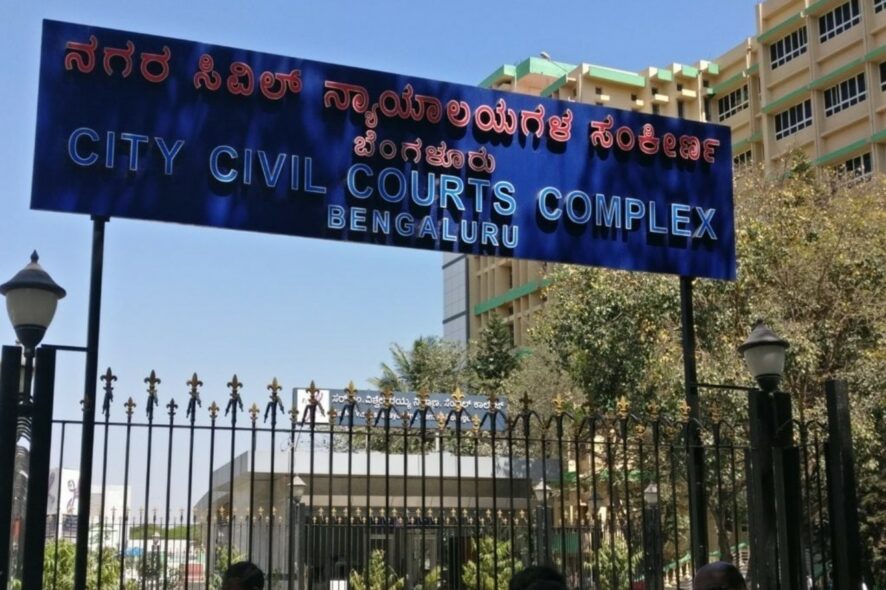Court of 30th Additional Chief Metropolitan Magistrate, Bengaluru: I.P. Naik, 30th ACMM, addressed a case wherein a pillion on a bike harassed a woman by spanking her on the back.
Factual Background
Prosecution submitted that accused 2 a pillion rider on a motorcycle with accused 1 being the rider, spanked PW1 – Mrs Divya Chaitanya and harassed her.
Analysis, Law and Decision
Court noted antecedent enmity between the PW1 and accused persons.
“PW1 being a lady would be looked upon with honor.”
The Bench further, expressed that as per Indian culture and customs and as per the veda and puranas “Yathya Nari Poojyanthe, thatha Devatha Poojitha”. It means, wherever the female is looked upon with honour and respect, there, the almighty will be worshipped.”
Stating that without any consent, accused 2 spanked PW1 and harassed, hence there was no other ground to reject the testimony of PW1.
Common intention of accused 1 and 2
No clinching evidence was found in furtherance of the common intention any act was done by accused 1 in order to help the accused 2 at the time of the commission of the alleged offence.
Mere presence is not ground for common intention for proving the prior meeting of minds.
This Court relied on the Bombay High Court decision in Mahhub Shah v. Emperor, (1945) 47 Bom LR 941, wherein it was held that,
Para No.13:- In 1870, it was amended by the in section of the words “in furtherance of the common intention of all” after the word “persons” and befoe the word “each,” so as to make the object of the section clear, Section 34 lays down a principle of joint liability in the doing of a criminal act. The section does not say “the common intention of all” nor does it say “an intention common to all”. Under the section, the presence of that liability is to be found in the existence of a common animating the accused leading to the doing of a criminal act in furtherance of such intention. To invoke the aid of Section 34 successfully, it must be shown that the criminal act complained against was done by one of the accused persons in the furtherance of the common intention of fall, if this is shown, then liability for the crime may be imposed on any one of the persons in the same manner as if the act were done by him alone. This being the principle, it is clear to their Lordships that common intention within the meaning of the section implies a pre-arranged plan, and to convict the accused of an offence applying the section it should be proved that the criminal cat was done in concert pursuant to the prearranged plan. As has been often observed, it is difficult if not impossible to procure direct evidence to prove the intention of an individual, in most cases it has to be inferred from his act or conduct or other relevant circumstances of the case.
Bench opined that mere say of presence in respect of accused 1 itself would not constitute common intention as defined under Section 34 of the Penal code, 1860.
In the present matter, physical contact without consent amounted to sexual harassment as defined under Section 354-D(1)(I) of IPC. The alleged offence was covered under the meaning of Stalking.
Expressing that accused 2 was like a road Romeo he was not entitled to be released on P.O. Act. Bail bond executed by the accused stood cancelled. [State v. Harish, 9015 of 2019, decided on 5-1-2022]







